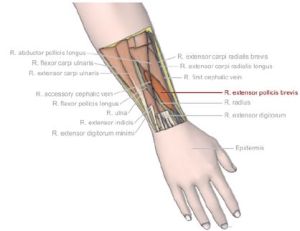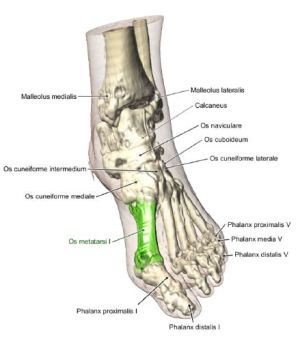Posts Tagged ‘self-illustrating phenomena’
Illustration-inspired visualization
Illustration-inspired visualization has emerged as an interesting new way for visualization researchers to present data to practitioners and domain experts. Papers in this category are also categorized under “Illustrative visualization’, where the visualization is supposed to serve as a placeholder for an illustration of the underlying data. There have been some excellent papers by Bruckner et al., Li et al., Fischer et al. and
Correa et al. who have actually managed to generate impressive visualizations that look like illustrations.
Last year at the IEEE Visualization 2007 conference, the ‘Best Application Paper’ award was given to a paper by Beyer et al. who discussed innovative ways of visualizing multimodal data for preoperative neurosurgical planning.
Illustration-inspired visualization also includes painterly visualization, which has been very effectively used for conveying multidimensional multivariate data. [There have been a couple of papers that explore illustrative information visualization, but links are not yet available and shall be posted as soon as they come online.]
Lately, illustration-inspired visualization has been used for conveying change over time. Svakhine et al. used schlieren photography-inspired techniques and Joshi et al. used techniques inspired by comics to convey temporal context in a static visualization and have now conducted a user study to evaluate their techniques. Goldman et al. presented a storyboarding technique for video visualization at SIGGRAPH 2006. Chen et al. discussed a unique way of summarizing video content into visual signatures. Such summarizing techniques, techniques that provide temporal context are invaluable since the alternative is to keep looking at hours of video footage or look at 1000 snapshots of a time-varying dataset to observe changes.
There are many more such novel techniques that have allowed researchers to visualize application domain data in ways that their collaborators could not have imagined. But I wonder what is the reaction of the radiologists, neurosurgeons, hurricane experts, infovis users for whom the visualization techniques are intended in the first place? As visualization researchers and one who conducts research in the field of illustrative visualization, we generate a lot of wonderful techniques that allow for exploratory visualizations that reduce interaction and provide insight more intuitively. But, what is the end result of those
techniques? Are the domain experts happy and readily embracing those techniques for regular use? After working in two such data domains, I am of the opinion that illustrative visualization is a hard sell. Domain experts are usually used to rainbow colormaps (which we all know are unsuitable for visualizations) and have a preconceived idea of how their image should look. Showing them some new visualization technique seems
to end in “its interesting/beautiful, but we would like to have the standard visualization too.” There are always researchers who take the effort to conduct user studies to evaluate their illustrative techniques. I have previously written about my appreciation of researchers who go through the efforts of conducting a user study and I think it is quite essential. Whether the user studies are serving the purpose or not is probably a conversation for another day.
Illustrative visualization is a fascinating field that has endless avenues for visualizing data. Are we making a difference though? Any comments/suggestions or links to success stories would be greatly appreciated. I leave you with a fascinating capstone talk that I attended at IEEE Vis 2004 by none other than Pat Hanrahan. The talk is titled “Self illustrating Phenomena” and reaffirms my belief in the power of illustrative visualization.
Written by alark
May 28, 2008 at 4:14 pm

